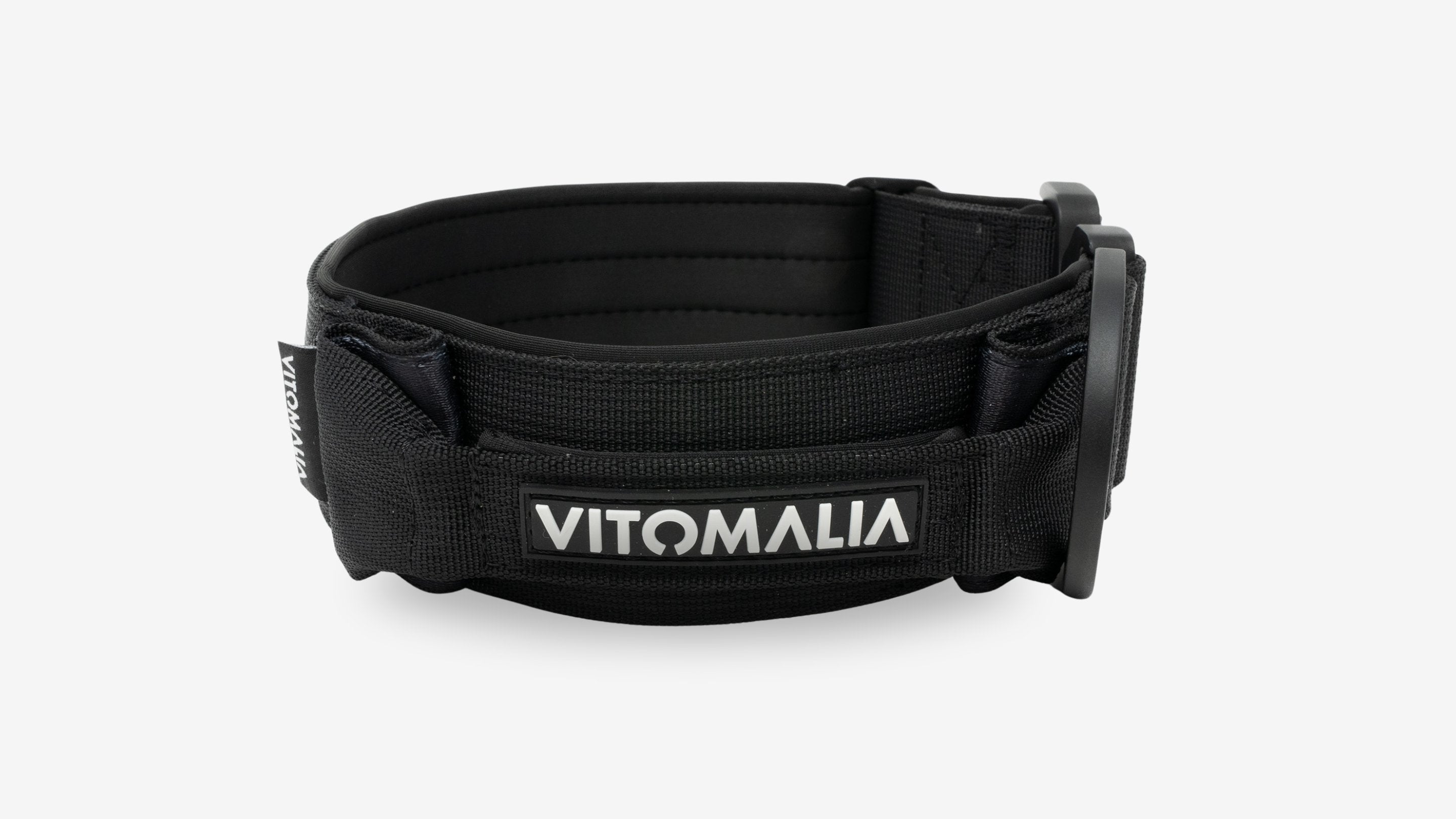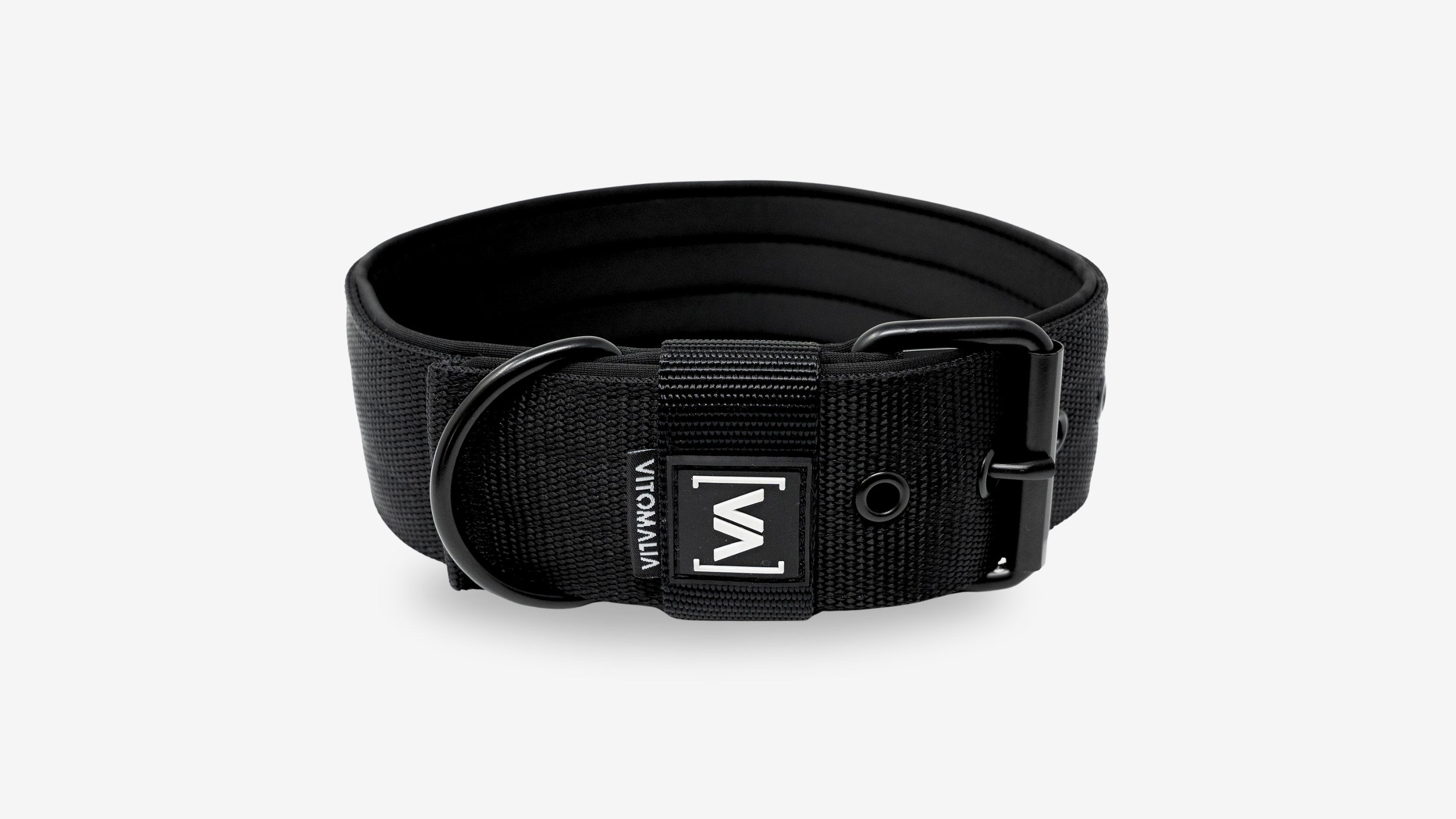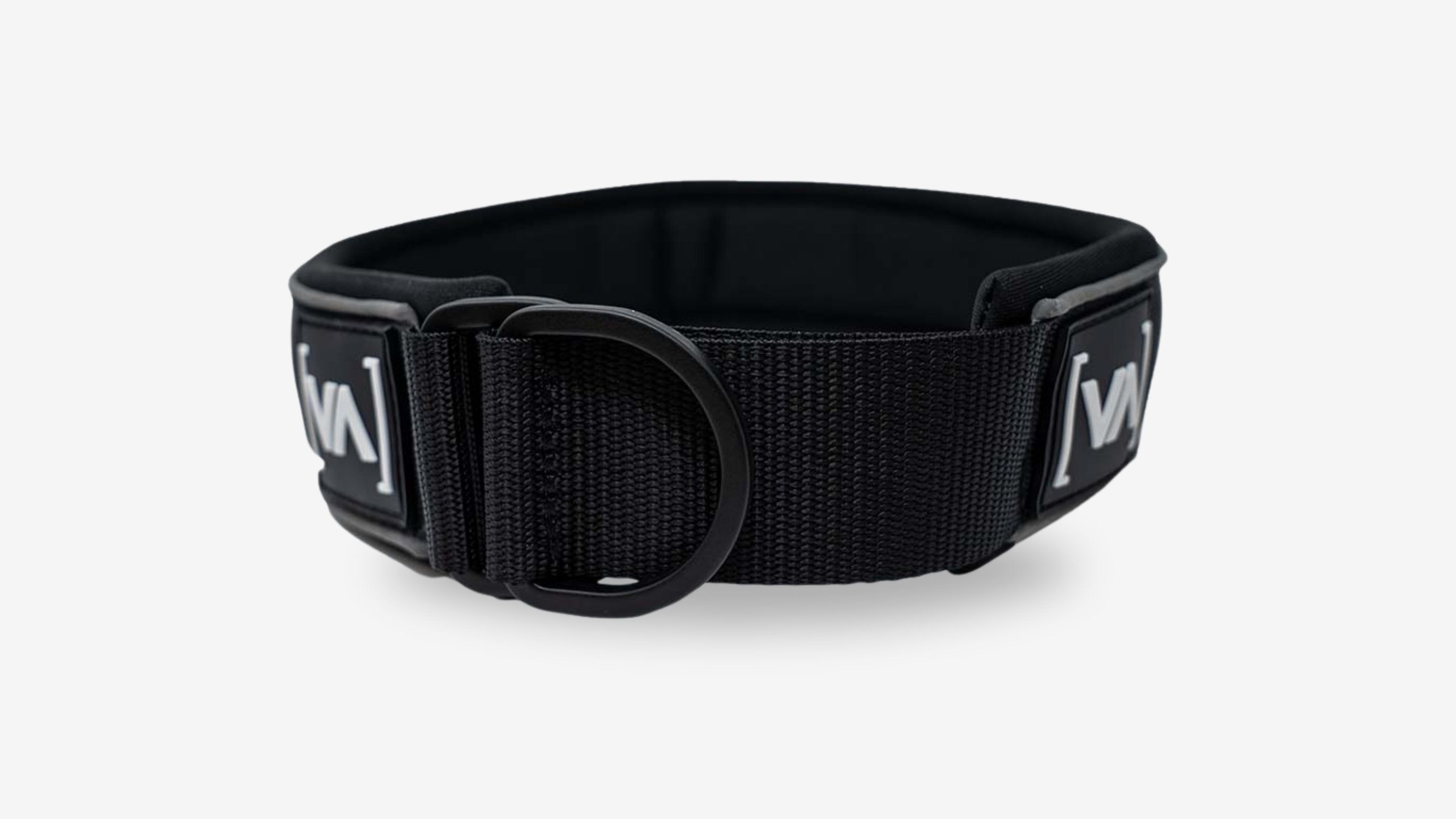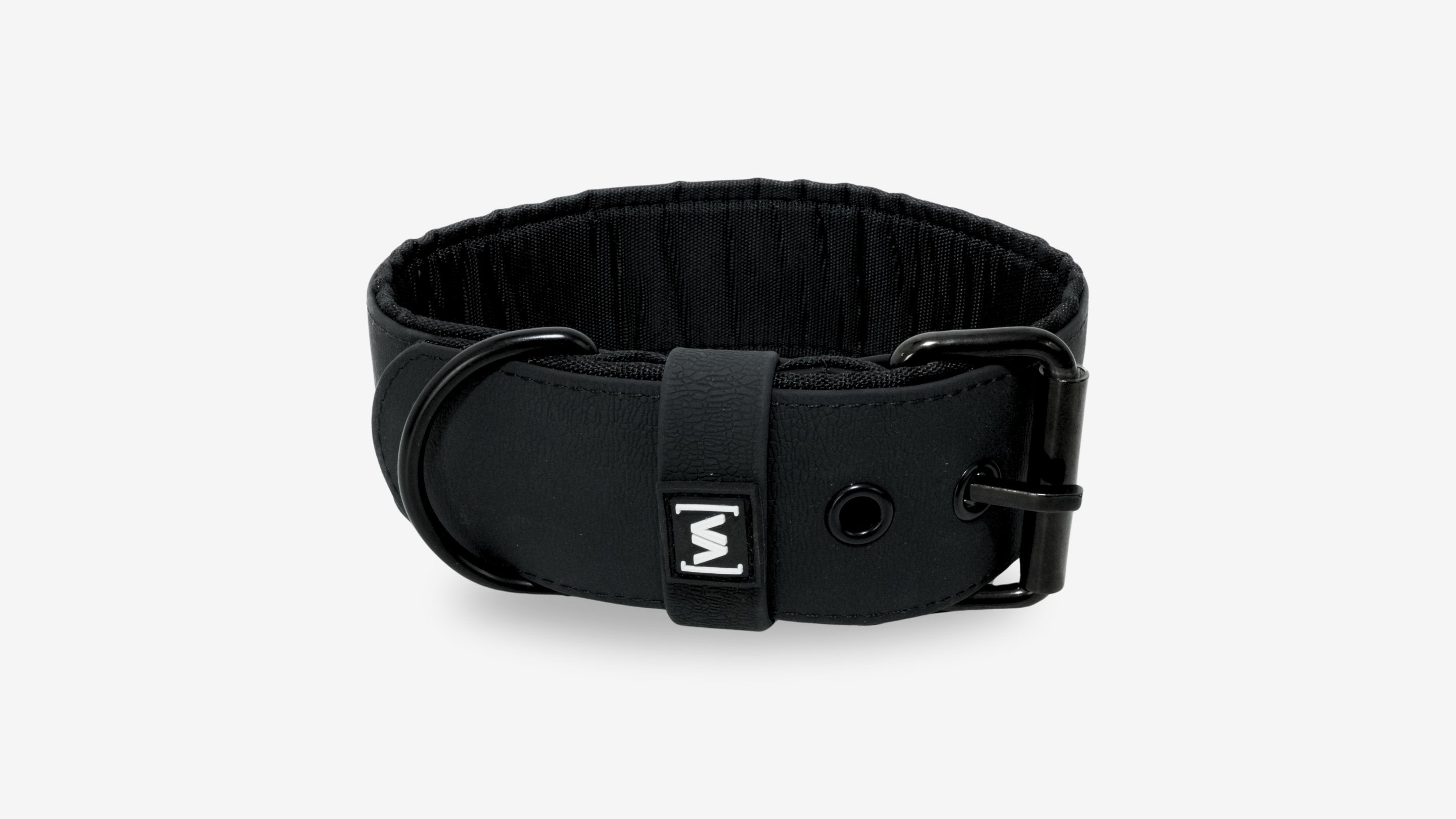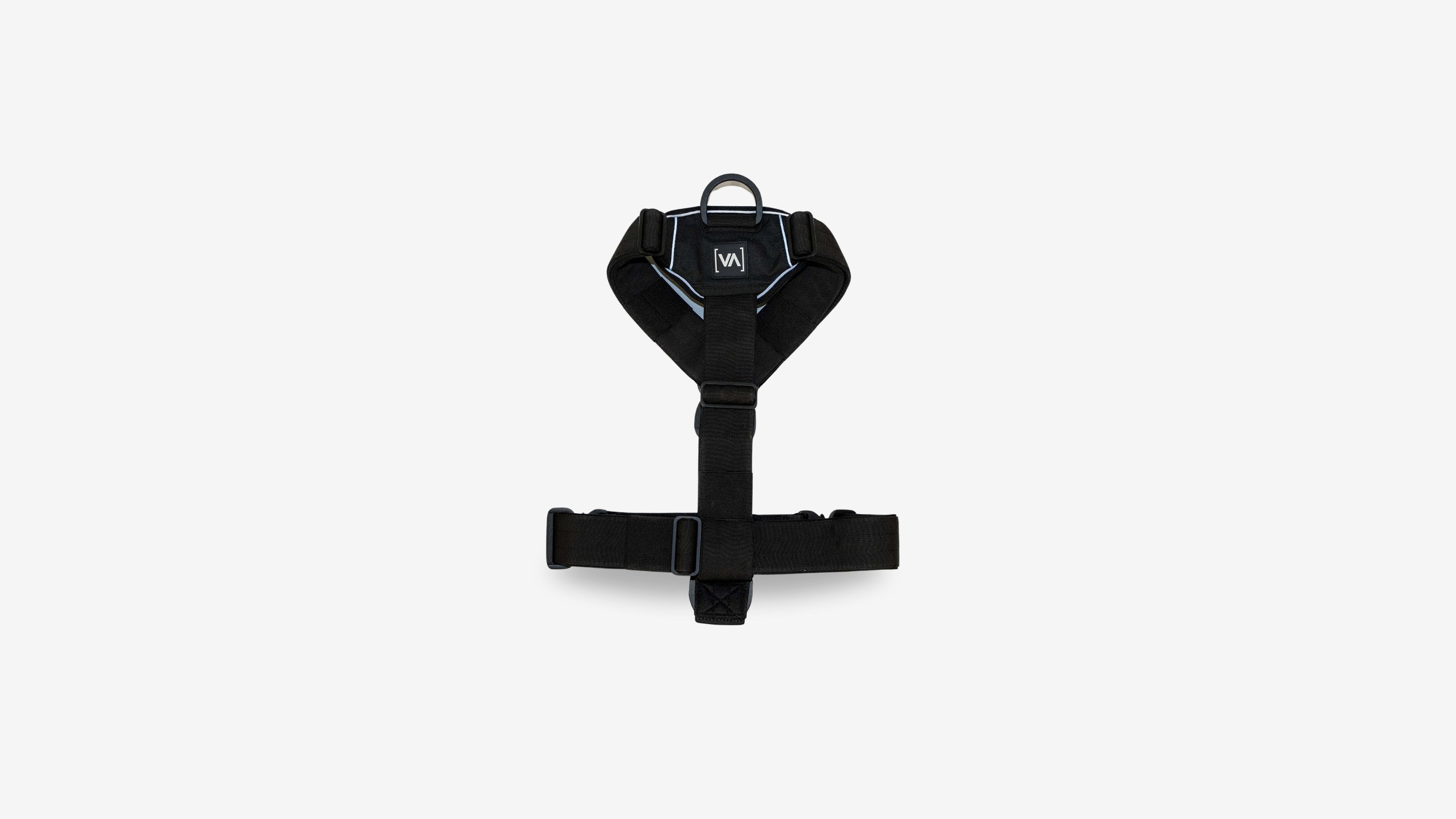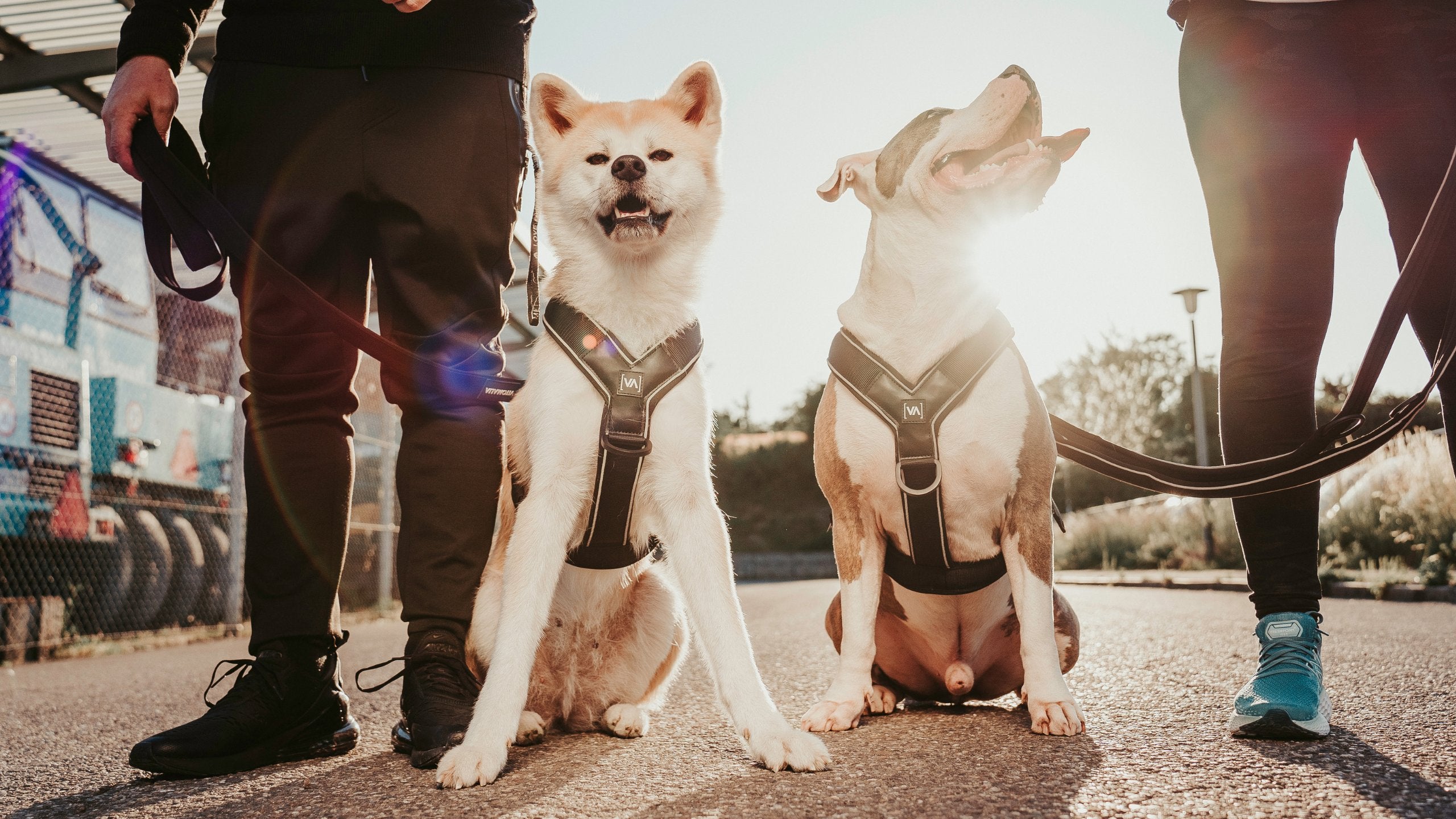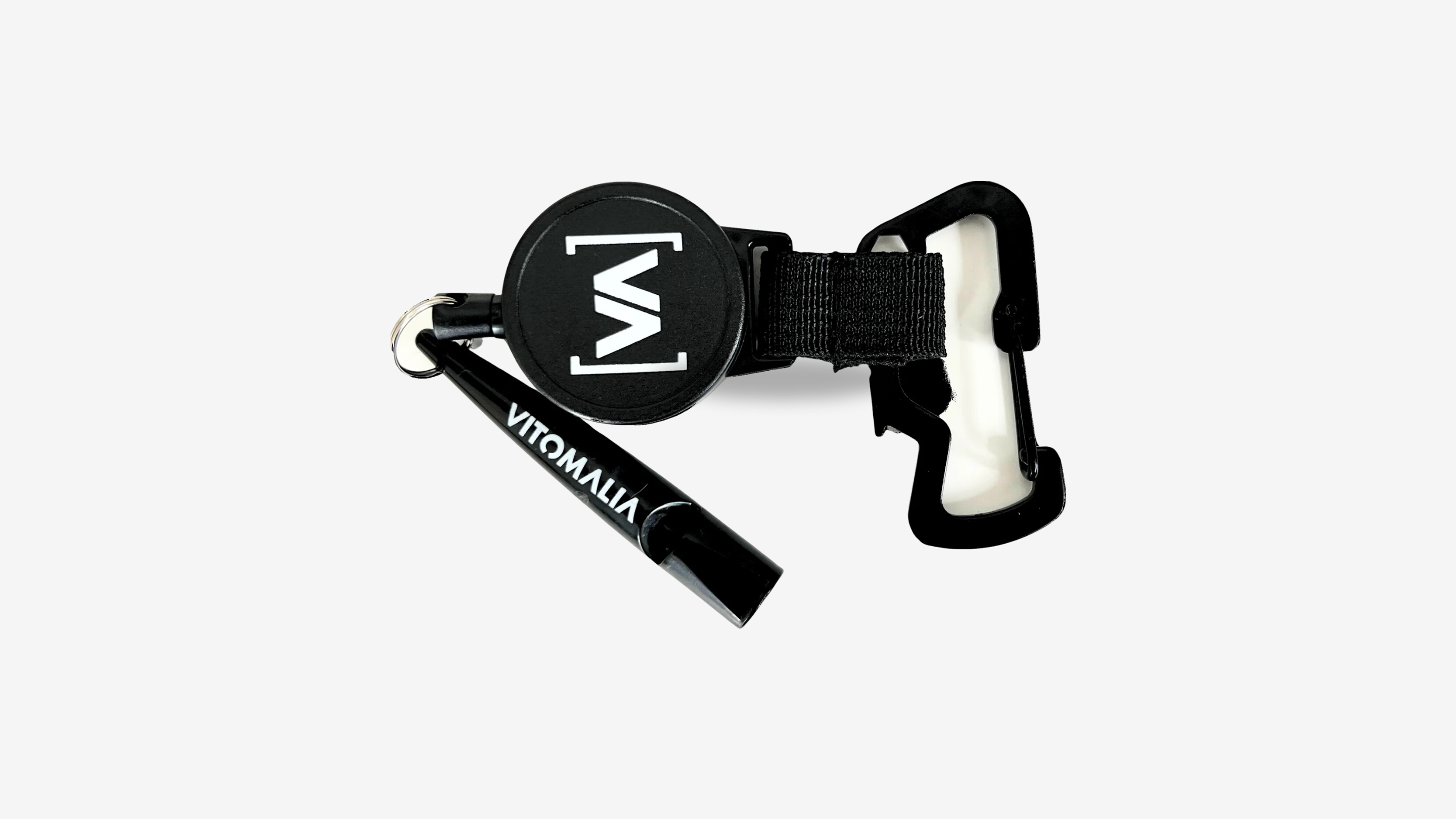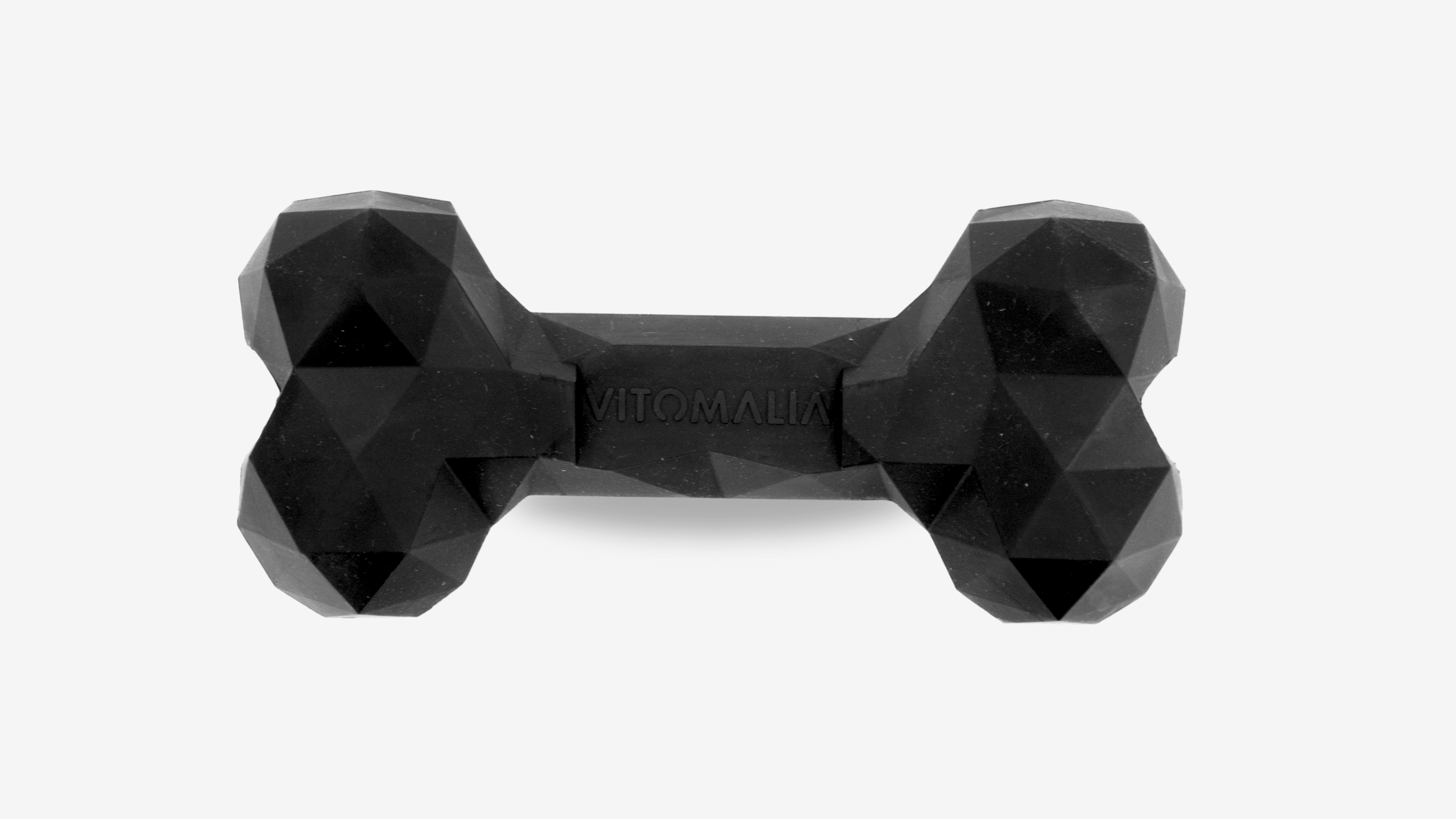Causes & reasons for a restless or stressed dog [Part 3]
Introduction
Restlessness and stress can result from a lack of rest or improper exercise of the dog. Dogs need more rest than humans do. A healthy adult dog snoozes an average of 18 hours a day. You can find out more about the need for rest and the urge to keep busy in the other blogs in this series.
Table of contents
Overload versus underload
The thought often floats around in dog people's heads that a dog that is well exercised hears better. It is understandable that exercise and activity with your dog is necessary and that boredom causes some problem behavior in dogs. However, the reason for employment should not be to exhaust yourself, but rather a healthy amount of stimuli, impressions, exercise and opportunities to rest. Elevated cortisol levels make dogs want to exercise in order to metabolize the excess cortisol through activity. A vicious circle arises: a stressed dog becomes a hyperactive dog that is stressed. Lack of rest and sleep leads to nervousness, lack of concentration and tension. As a dog person, the dog's behavior makes you think the dog needs more exercise. Incorrect! What a dog like this needs is rest!
Lack of sleep is not only a result of stress, but also the origin of other health problems and problem behavior. As a dog person, it is your job to teach your dog to calm down if your dog doesn't calm down. This not only helps with general behavior and health, but also promotes the processing of training, exercises and experiences.
How do you know that your dog is overexcited by the situation?
- your dog is hardly or not at all responsive
- you are hardly noticed and there is little orientation
- the muscles are tense and the ears alert
- the dog does not lie down and is constantly in motion
- Despite movement, your dog does not come to rest
- your dog shows a lot of yelping, whining, whining, barking, and shaking
- Jumping actions often occur, such as biting the leash, excessive digging, nervous jumping on people, etc.
- your dog shows no signs of tiredness and demands more exercise
- Food is refused
Rest and stress - what happens in the dog's body
It's important to understand that chronic stress in dogs can not only lead to unpleasant behaviors, but also health problems. Chronic stress can weaken the immune system, increase the risk of infections, and even lead to serious illnesses such as heart disease and gastrointestinal problems.
Therefore, it is crucial that we give our dogs enough time for rest and sleep. Dogs need approximately 18 hours of rest per day, depending on their age, health and activity level.
If we overwhelm our dogs in stressful situations, e.g. through too much training, too many social interactions or too much overstimulation, this can lead to overload. By giving our dogs enough rest and relaxation periods, we can help them feel more comfortable and balanced overall.
Reasons for restlessness in dogs - stress dog
If we assume that your dog's needs are met, other factors may be the reason why the dog cannot calm down. It should be understandable that lack of sleep and hunger lead to restlessness. Feeling hungry can cause nervousness and reduce impulse control. We have already discussed how nerve nourishment can have a positive influence in our article impulse control mentioned. If your dog has enough nutrition and still tends to feel very hungry, food cellulose can be mixed into the food in consultation with your veterinarian to maintain a feeling of satiety for longer. Carbohydrates can also promote rest. You can teach your dog to calm down, but other conditions play a role for your dog. These include genetics and health reasons.
Predisposition & unfavorable developmentGenetic disposition influences character and behavior. A restless bitch can, on the one hand, pass on this disposition genetically and, on the other hand, demonstrate restless behavior to the puppies in her behavior. If puppies and young dogs also receive poor or insufficient socialization, this can have a negative impact on the general feeling of stress. The combination of disposition and environment plays an important role in the rearing and further puppyhood. |

BreedsIn addition to our dogs' need for rest, the activity level depends on the breed and character. It is not an art to activate a high-energy dog, such as a Husky, Terrier, Malinois, Border Collie, American Pitbull Terrier, etc. within a millisecond. These dogs are like a sports car straight from 0 to 100. High-energy breeds are dogs that have been bred for high activity due to breeding origins. When training high-energy dogs, the main focus should be on impulse control and frustration tolerance. These two core skills are helpful for all dogs and essential for energetic breeds. |

Lack of frustration tolerance & impulse controlIn everyday life, our dogs are required to exercise a lot of impulse control. You can find out what influences your dog's impulse control and how you can influence it positively in the Impulse Control blog. We will also show you, with three training sessions each, how you can improve impulse control Beginner, Fadvanced and Testing can practice. When stressed, the body releases, among other things, the stress hormone cortisol. Too high cortisol levels prevent your dog from being able to resist impulses. If your dog doesn't calm down, he will be less focused and show less self-control. The better your dog can resist impulses and endure frustration, the better your dog will calm down. |

Unlearned restIf your dog doesn't calm down, it may be because your dog hasn't learned to calm down. A lack of socialization or a lack of experience during puppyhood and puppyhood can be a reason for restlessness. Calmness can be learned when biological and health reasons can be ruled out. We'll show you calming exercises for inside and outside. Integrating rest into your dog's everyday life in the long term is more than just a little training. Regularly incorporate resting exercises into your everyday life with your dog and let them become normal. Rest is not training that is practiced with treats, but rather a learning process that leads tension to relaxation. Teaching your dog to calm down means setting boundaries and offering security. Rest exercises can be supported by movements that require concentration and balanced execution from your dog, rather than movement endurance. So that your dog can pursue his urge to move, you can carry out the following movements with your dog:
|

background stressorsBackground stressors are everyday situations that lead to stress in dogs. This could be the general restlessness of a large family, a multi-dog household or situations on your walk. Background stressors keep your dog's stress level permanently high and prevent rest and relaxation. Volume, the weather, pain are background stressors. But illness and lack of distance between child and person are also a stress problem. A change in feed is also a background stressor. So there is everything in everyday life that can cause a dog to feel unwell for a long period of time. |

mood transferMirror neurons are responsible for the so-called mood transmission. The research into mirror neurons began with the Italian researcher Giacomo Rizzolatti and his team in 1992 on macaque monkeys and is still in its early stages today. Mirror neurons ensure that action tendencies emerge based on observation. This is primarily important for survival in groups or herds and therefore makes a lot of sense. If a herd animal spots an enemy, it will run and the others will follow. The enemy's choice and hunting are made more difficult and the survival of the herd members is secured. Mirror neurons and mood transmission are essential to our survival. Mirror neurons are not only responsible for action patterns, but, as the name “mood transmission” suggests, also for mood and emotions. Mood transfer is intraspecific, e.g. B. between dog and dog and between species in e.g. B. Humans and dogs possible. If you are stressed and restless, you unconsciously pass this mood on to your dog. Your dog perceives your restlessness through different signals: your posture, your voice, chemically through your sweat or even through your actions. If your dog doesn't calm down, the restlessness could possibly be due to your current emotional state. |

hyperthyroidismThe thyroid is a small organ with a major influence on animals and humans. The thyroid produces hormones that regulate many processes in the body and influence metabolism, nerve cells and brain activity. In humans, we know that the thyroid has a significant impact on physical and mental health. When the thyroid gland is underactive, the two hormones thyroxine and triiodothyronine are produced more. The consequences of an overactive thyroid include restlessness and nervousness. A blood sample can be used to determine whether your dog has an overactive thyroid and what measures can be taken. |

hyperactivityHyperactivity is a diagnosis that describes a dog experiencing multiple symptoms of inappropriate stimulus and trigger sensitivity. In contrast to humans, dogs do not yet have a clear diagnostic form. When compared to dogs of the same breed and age group, some symptoms can be observed that suggest hyperactivity. If you suspect that this could be the case with your dog, you should consult a dog behavior therapist.
|

Aid in the event of a lack of rest - the dog does not come to rest
In addition to exercises, rest can be supported by various aids. It is important to mention that aids promote rest, but without training they do not bring about effective rest. In our blog you will find effective rest training with free training plans. The tools work on different levels. The effectiveness is different for every dog and must be tested individually for you and your dog.
Music
Music therapy is very common in some areas in humans. Music can promote relaxation in dogs. Results from Lindig et al. (2020) indicate that animals (not just dogs) appear less stressed or anxious when listening to classical music. To date, there has been little research examining music and relaxation in connection with animals. Music can provide relief from restlessness in the home environment. In most studies, rest time and duration of barking have been assessed and measured as indicators of stress. Measured by cortisol levels and heart rate, classical music was able to induce calm. In addition to the genre, conditioning and association with experiences and music can also have a good effect. If your dog always lies relaxed next to you while you listen to your favorite music, the positive experience can lead your dog to calm down.
CBD
CBD can be used in a variety of ways for dogs and humans as a natural supplement. Dogs have their own endocannabinoid system, which works similarly to humans. This system is responsible for maintaining balance in the body and plays an important role in regulating mood, pain, inflammation and many other processes. CBD is a natural substance obtained from the hemp plant and has many positive properties.Unfortunately, there is not much proven evidence that CBD has the same positive properties in dogs as it does in humans. However, it is believed that CBD can help dogs with pain, cramps, anxiety and stress, to support the immune system or against inflammation. But it is important to know that it is used as support and not as a sole problem solver.
herbs and fragrances
Herbs and scents can have a calming effect on dogs, especially when they are stressed or restless. Chamomile, lavender, and valerian are three herbs often recommended to help dogs relax. The herbs can be given to the dog through food to work internally or as an essential oil through a diffuser. The herbs should be started during a quiet period. Only use high-quality and carefully prepared herbs and essential oils. Essential oils can have an irritating effect, especially when used in high concentrations or on sensitive skin. Get advice on the correct dosage and application.
RelaxoPet
The RelaxoPet is a device that emits specially tailored sounds for dogs, cats or horses, depending on the device. We were unable to find any evidence or studies confirming the effectiveness of the RelaxoPet. Some dog people have already had good experiences, others didn't notice any difference. However, if we think about conditioned relaxation, you can use the RelaxoPet to condition relaxation without it disturbing people because the sounds are hardly perceptible to people. If you set up the RelaxoPet at home in a quiet environment as a relaxation tone while the dog relaxes, after a while the RelaxoPet can also be used in stressful situations (e.g. when driving) without it bothering you.
Cycles and Adaptile
Zylkène and Adaptil can serve as natural remedies to support relaxation. Both aids promote calm in temporary, stressful situations.
Zylkène is obtained from skimmed milk. The calming effect is due to α-casozepine, which is produced in the intestines of puppies as they digest their mother's milk. The α-casozepine in turn strengthens the effect of the neurotransmitter GABA (gamma-aminobutyric acid). GABA is responsible for all functions that have to do with emotions, including stress. Adult dogs no longer produce α-casozepine, but the effect remains. Zylkène creates the well-known comfortable feeling in adult dogs and supports the dog in being able to react more calmly to stressful situations.
Adaptil is now available in different product forms: as a collar, as tablets, as an atomizer for the socket or as a spray. Adaptil works in the form of pheromones. Pheromones are messenger substances that help dogs get information about each other. A mother dog releases pheromones through her teats, which are intended to give the puppies a feeling of safety and security. Adaptil sends these pheromones into your dog's environment and gives him security. The feeling of security creates relaxation.
Thundershirt and Tellington TTouch body tape
In stressful situations, a Thundershirt can be a possible help. Thundershirts are special tight-fitting t-shirts for dogs that provide even compression on the body. This is intended to have a calming effect on the dog, similar to swaddling babies. The compression of the shirt imitates close contact, which is intended to give the dog a feeling of security and promotes the release of oxytocin, the feel-good hormone.
The Tellington TTouch body band can be used more variably than the Thundershirt, but requires a little more practice to put on. We recommend trying out both tools several times before using them in important situations. The calming effect depends largely on the individual feeling of the dog. Dogs who find clothing or harnesses uncomfortable will also find wearing a Thundershirt or body band bothersome.
Whether and how much the compression of the shirt or the body band calms your dog and reduces stress, depends on various factors and can be different for dogs based on individual needs and feelings - from disturbing and stressful to calming and soothing.
Vitomalia's conclusion
In summary, there are many different factors that can cause a dog to be restless or stressed. A dog's disposition and unfavorable development as well as its breed can play a role. A lack of frustration tolerance and impulse control, as well as not learning to calm down, can also be a cause of restlessness in dogs. Background stressors and mood transfers from the owner can also trigger stress. An overactive thyroid or hyperactivity can be further reasons for restlessness and stress in dogs.
It is important to identify the individual cause of the restlessness and take appropriate measures to help your dog relax. This also includes allowing him to get enough sleep and rest, as this can help reduce stress and maintain his health. A balanced diet, regular exercise, enough rest and relaxation, as well as targeted education and training can help a dog become more balanced and stress-free.
However, it is also important to emphasize that every dog is unique and has individual needs. If you are unsure about how to help your dog reduce his anxiety, you should always consult a veterinarian or qualified dog trainer to get the best possible support for your dog.
What are the causes of restlessness and stress in dogs?
There are many possible causes, such as predisposition and unfavorable development, race, lack of frustration tolerance and impulse control, unlearned calm, background stressors, mood transfer, hyperthyroidism or hyperactivity.
Should I give my stressed dog medication?
The decision as to whether medication is necessary for a stressed dog should always be made in consultation with a veterinarian. There are many alternative methods that can help reduce stress in a dog, such as relaxation techniques, aromatherapy, or special training methods.
Can I give my dog too much rest and relaxation?
It is important that a dog gets enough exercise and mental stimulation to stay healthy and feel good. However, too much rest and relaxation can cause a dog to become bored and unhappy. It is therefore important to find a balance between rest and activity.
Should I keep my stressed dog away from other dogs?
It depends on the cause of the stress. If the dog has problems with other dogs due to socialization or fear, it may make sense to keep him away from other dogs. However, if the dog is stressed due to loneliness or boredom, contact with other dogs can be helpful. However, it is always important to consider the dog's individual needs and act accordingly.
